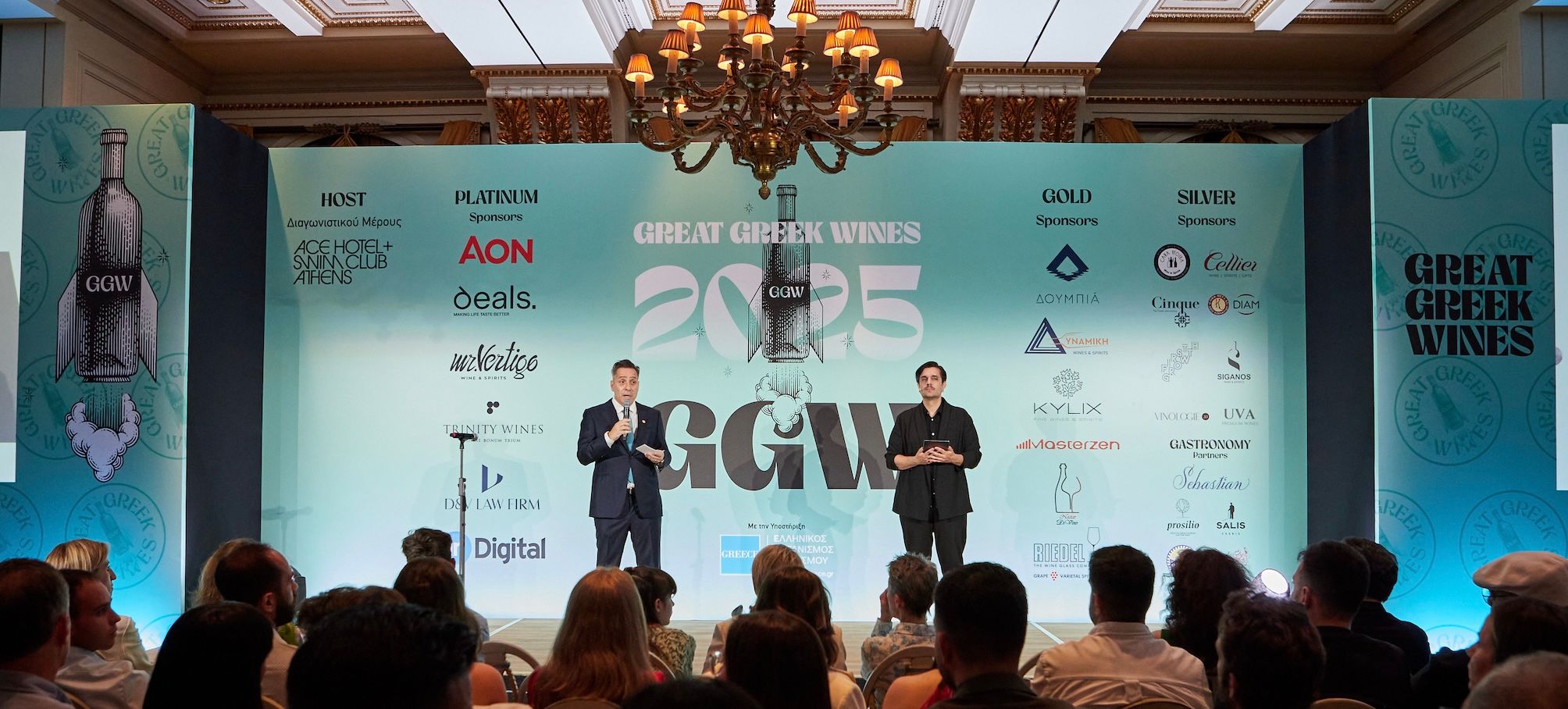“Quality has moved up significantly across the board: a simple Bourgogne is often more generous and balanced than a 1er cru made thirty years ago,” says Thomas
Climate change is upon us. Within the last ten years, higher temperatures and unsettled weather have engendered a rapid and radical change in Burgundy.
In the past, growers concentrated on getting their fruit ripe, and picking in October was the norm. Cool weather and disease stemming from damp – mildew and rot – were their main concerns, and vintages were uneven in quality. Now warmer weather means that grapes have no trouble ripening, and lack of rain presents a new set of problems for growers to master. They have risen to the challenge: improved education, winemaking techniques and equipment mean that they have quickly adapted to the new conditions, and now there is no excuse for making poor wine. Vintages are more even, and for a drinker it is more of a question of what style they prefer, rather than finding a year that is drinkable.
The buying landscape has also changed. Higher demand and higher prices mean that growers can invest time and money in making excellent wine from all their holdings, rather than focus efforts on their best sites. Vines in humbler sites that struggled to ripen now give delicious wines that can be purchased with confidence. Quality has moved up significantly across the board: a simple Bourgogne is often more generous and balanced than a 1er cru made thirty years ago.
There are even signs that the hierarchy of classification is threatened. Historically the best sites tended to the warmest ones. That can be a problem: heat increases sugar production in the grapes, and if it happens too quickly the skins and pips, vital for complexity and elegance, cannot ripen rapidly enough to catch up. This raises the risk of alcoholic, blunt wines with an unappealing harshness. Vineyards less favoured in the past – high up the slope, or north-facing, for example – are coming into their own: the grapes ripen more evenly, so that correct sugar levels and phenolic maturity are achieved at the same time. Villages like Saint-Romain and Saint-Aubin, Maranges and Marsannay, can now be taken far more seriously than they used to, and wines from the Hautes-Côtes can be quite brilliant.
Increasingly dry years have thrown a further spanner into the works. Vineyards react differently to the lack of water: well-drained vineyards on poor thin soils – an advantage in wet years – can quickly succumb to drought. Vineyards with more water-retentive soils – often the lesser sites – are better able to shield their vines from stress, and the wines correspondingly better.
In the end though, it still comes down to the grower. The best have adapted, making multiple small changes to cope with the new conditions, and are able to get the best from all their sites. Some have not. So, find a grower you like, and buy their entire range with confidence.










































